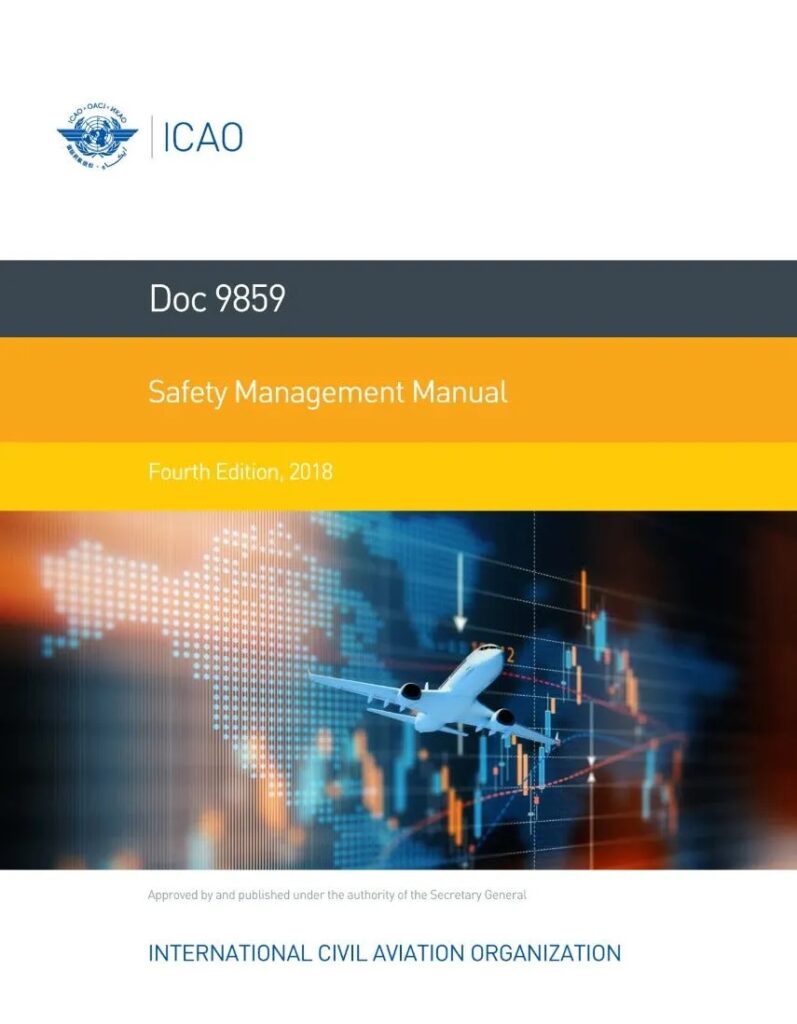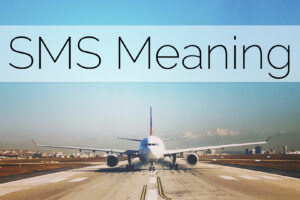
Safety Training – 3 keys to know
- Posted by Octavian Naframita
- Categories Safety Management System
The Safety Management System Training is probably one of the most important type of education to be provided to your team. It is the foundation of a “correct” mindset, it facilitates the understanding of the Company’s priorities and it develops the entity’s culture.
Regulatory requirements
In simply words, it is required by ICAO, by EASA, by IATA and of course by any Civil Aviation Authority or similar regulatory body. Furthermore, ICAO stated in the Annex 19, Appendix 2, 4.1 Training and Education the following:
“4.1.1. The service provider shall develop and maintain a safety training programme that ensures that personnel are trained and competent to perform their SMS duties.
4.1.2. The scope of the safety training programme shall be appropriate to each individual’s involvement in the SMS.”
What does EASA say?
“EASA AMC1 ORO.GEN.200(a)(4) Management system
TRAINING AND COMMUNICATION ON SAFETY
(a) Training
(1) All personnel should receive safety training as appropriate for their safety responsibilities.
(2) Adequate records of all safety training provided should be kept”.
That means we’ve got a performance-based regulation. We have to decide internally the categories of personnel who need to be trained and the topics to be provided to each category.
Not sure how to develop your Safety Program?
Call us now and we can do it for you. Brand new!
What should be included in the Safety Training?
According to ICAO Doc 9859, Ed. 4, Ch. 9.6.4.1,
“…Initial safety training should consider, as a minimum, the following:
- organizational safety policies and safety objectives;
- organizational roles and responsibilities related to safety;
- basic SRM principles;
- safety reporting systems;
- the organization’s SMS processes and procedures; and
- human factors.”

What does IOSA require?
Within an operator’s organization there are personnel that perform duties that are directly or indirectly related to the safety of aircraft operations. All such personnel thus have an involvement in the operator’s SMS. This applies to management and non-management personnel in frontline operational positions and could also include others that perform certain administrative functions.
The intent of this provision is for the operator to have a program that ensures personnel are trained and competent to perform their SMS duties. Such program would include training for support staff, operational personnel, managers and supervisors, senior managers and the accountable executive.
The content of safety training is appropriate to each individual’s involvement in the SMS and typically includes or addresses some or all of the following subject areas:
Organizational safety policies, goals and objectives;
Organizational safety roles and responsibilities related to safety;
Organizational SMS processes and procedures;
Basic safety risk management principles;
Safety reporting systems;
Human factors.
Recurrent training would be offered at the option of the operator to ensure personnel maintain continuing competency in SMS duties. If offered, such training would typically focus on changes to SMS policies, processes and procedures as well as any specific safety issues relevant to the organization.
You may also like

SAFETY STANDARD

4 basic principles of safety management

